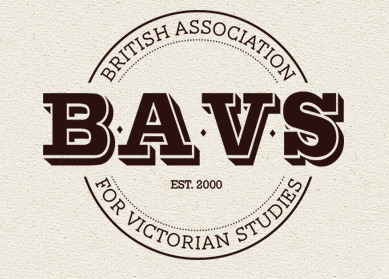BAVS Annual Conference 2018
Victorian Patterns
University of Exeter, Streatham Campus
29-31 August 2018
Organised by the Centre for Victorian Studies, University of Exeter
Celia Brown
The scientific significance of Lewis Carroll’s chessboard
Celia Brown, PhD, is an independent scholar and artist living in Freiburg, Germany and Hastings, UK.
In Lewis Carroll’s sequel to Alice in Wonderland (1865), his young protagonist passes Through the Looking-Glass (1871) to encounter a Red Queen, who takes her up a hill to survey the English countryside. The landscape is cut through by straight brooks and hedges to form a kind of chessboard, where Alice is destined to play the White Pawn. An alternating pattern of black and white squares can serve as a location, not only for battles between mirror-image pieces, for controversies of various kinds. Lewis Carroll exploits the potential of the chess analogy to consider oppositions that interested him as a 19th century mathematician with a special interest in logic. On the Looking-Glass chessboard Alice finds puzzling “fingerposts” pointing in the same direction out of a wood. I suggest that these signs point to a parody of the proto-scientific ideas in the Novum Organum, published in 1620 by the philosopher and mathematician Francis Bacon. Bacon used the term ‘fingerposts’ to propose a new kind of experimental methodology, which he introduced into Western science. Two or more propositions should be tested against each other on the basis of experience from the senses rather than unfounded argument. Alice proceeds to a meeting with Tweedledum and Tweedledee, whose dialogue is also “contrariwise”: ‘if it was so, it might be; and if it were so, it would be; but as it isn’t, it ain’t. That’s logic.’ Carroll maintains his enigmatic play with argument and counterargument right to the last square of the chessboard.
